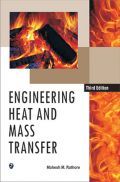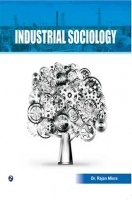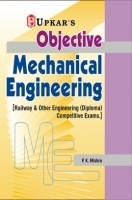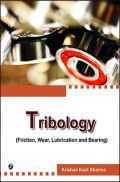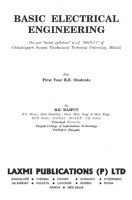Mechanism And Machine Theory by AG Ambekar
Book Summary:
This book meets the requirements of undergraduate and postgraduate students pursuing courses in mechanical, production, electrical, metallurgical and aeronautical engineering. This self-contained text strikes a fine balance between conceptual clarity and practice problems, and focuses both on conventional graphical methods and emerging analytical approach in the treatment of subject matter. In keeping with technological advancement, the text gives detailed discussion on relatively recent areas of research such as function generation, path generation and mechanism synthesis using coupler curve, and number synthesis of kinematic chains.
The text is fortified with fairly large number of solved examples and practice problems to further enhance the understanding of the otherwise complex concepts. Besides engineering students, those preparing for competitive examinations such as GATE and Indian Engineering Services (IES) will also find this book ideal for reference.
Audience of the Book :
This book meets the requirements of undergraduate and postgraduate students pursuing courses in mechanical, production, electrical, metallurgical and aeronautical engineering.
Key Features:
The main features of the book are as follows:
1. Exhaustive treatment given to topics including gear drive and cam follower combination, analytical method of motion and conversion phenomenon.
2. Simplified explanation of complex subject matter.
3. Examples and exercises for clearer understanding of the concepts.
Table of Contents:
1. Introduction to Kinematics and Mechanisms
2. Planar Mechanisms and Geometry of Motion
3. Velocity and Acceleration Analysis (Graphical Approaches)
4. Velocity and Acceleration Analysis (Analytical Approach)
5. Mechanisms with Lower Pairs
6. Elements of Kinematic Synthesis of Mechanisms (Graphical and Algebraic Methods)
7. Cams
8. Gears
9. Gear Trains
10. Gyroscopic Effects
11. Friction Gears
12. Belt, Rope and Chain Drives
13. Brakes and Dynamometers
14. Dynamics of Machines, Turning Moment, Flywheel
15. Governors
16. Balancing
17. Vibration Analysis
Appendix I Units
Appendix II Mathematics
Appendix III S.I. and M.K.S. Units
Bibliography • Index








